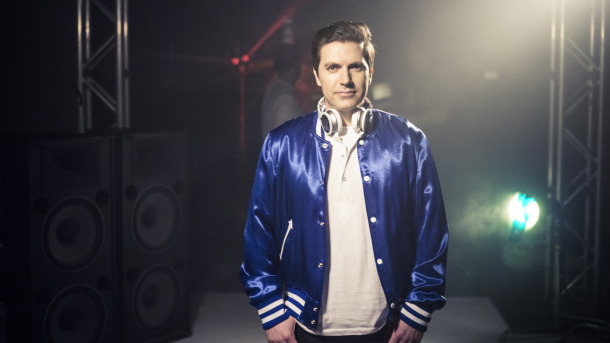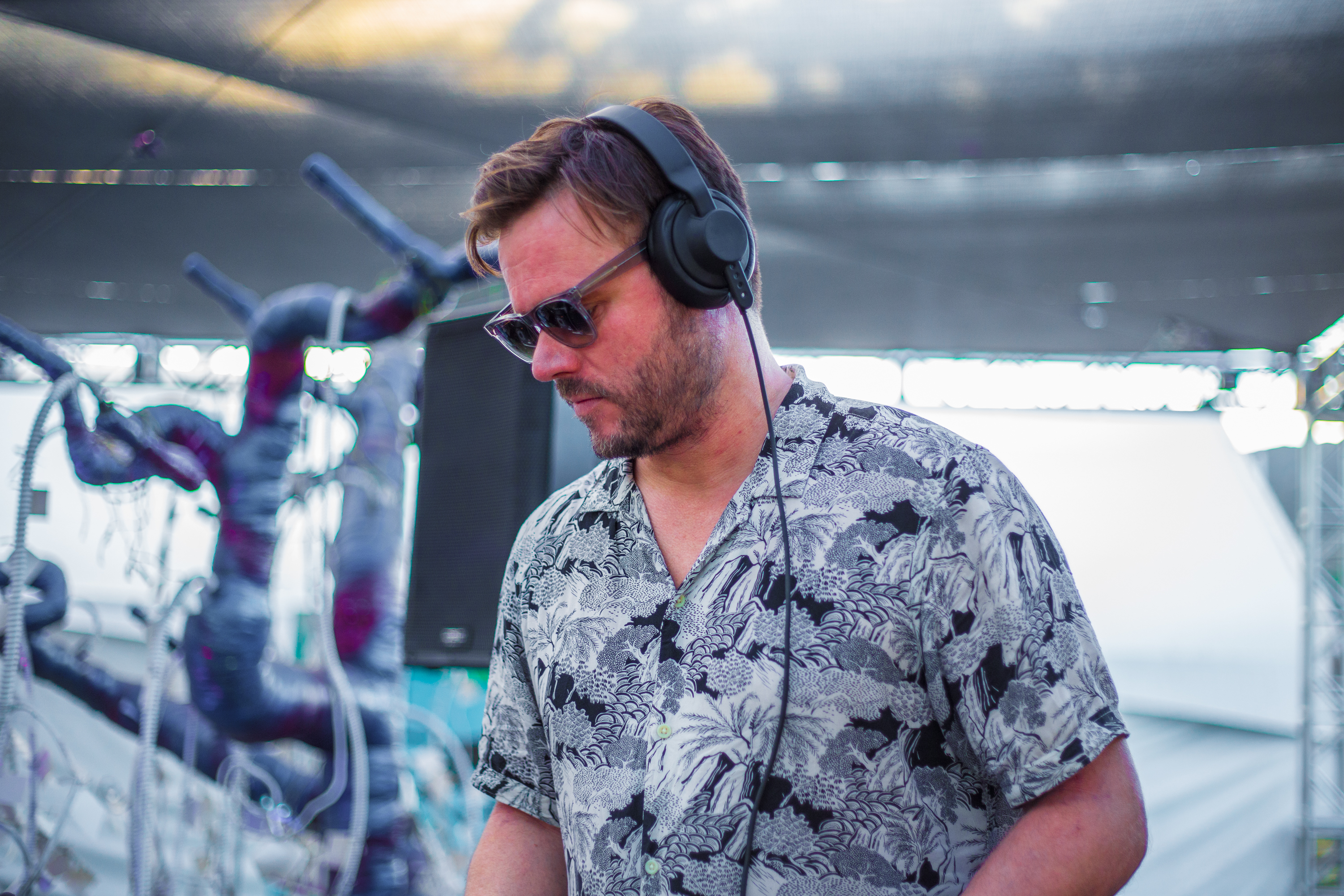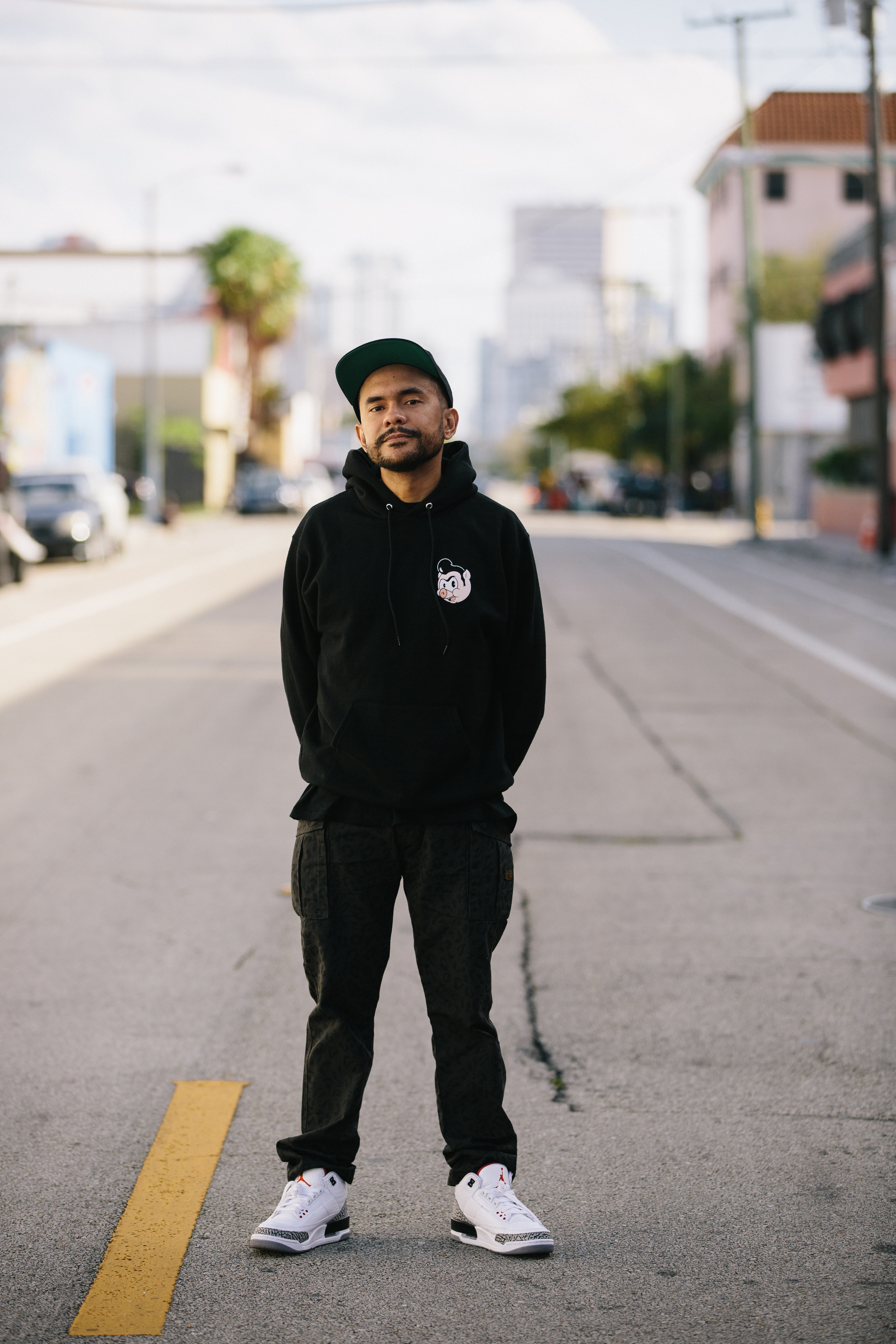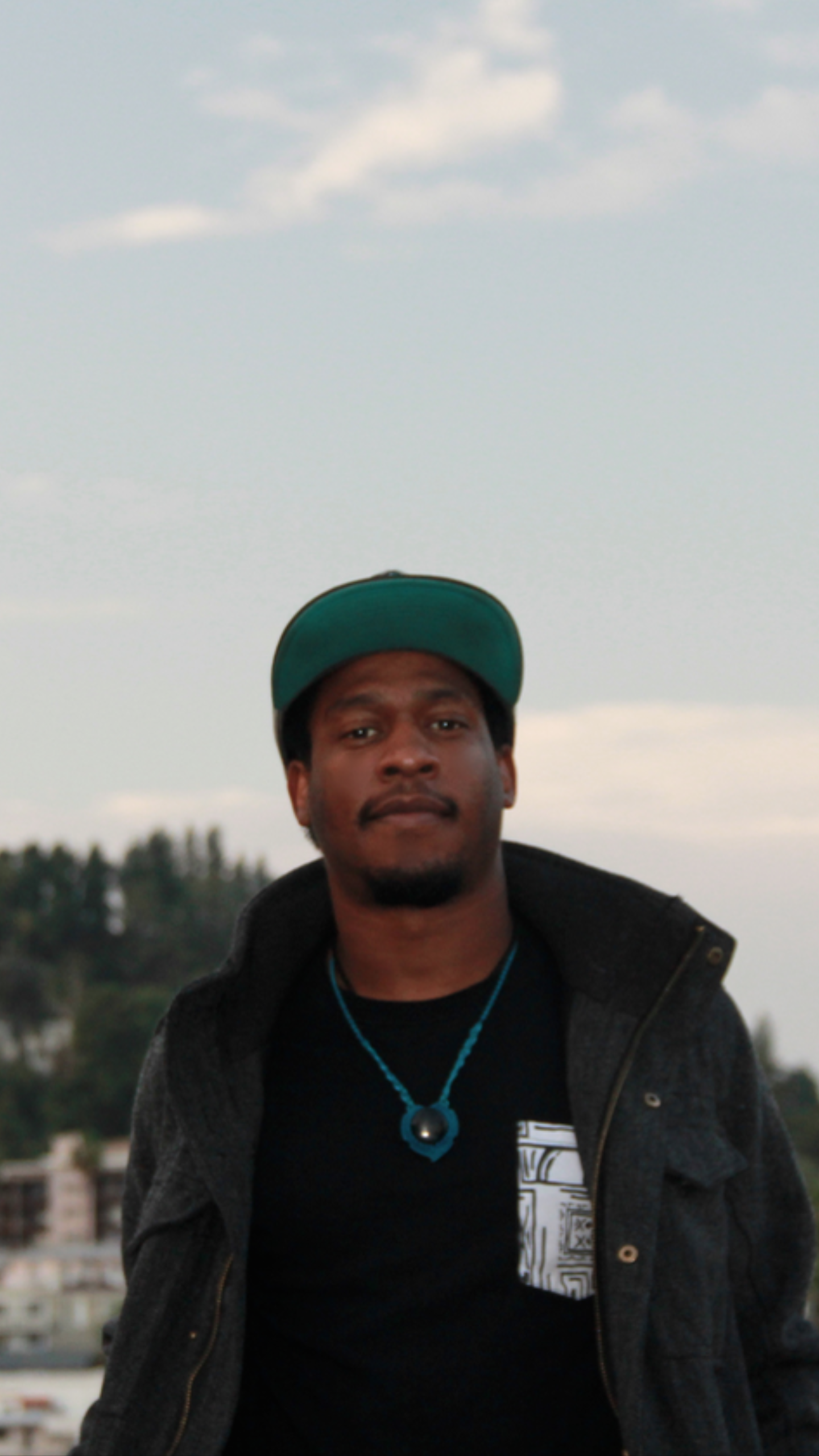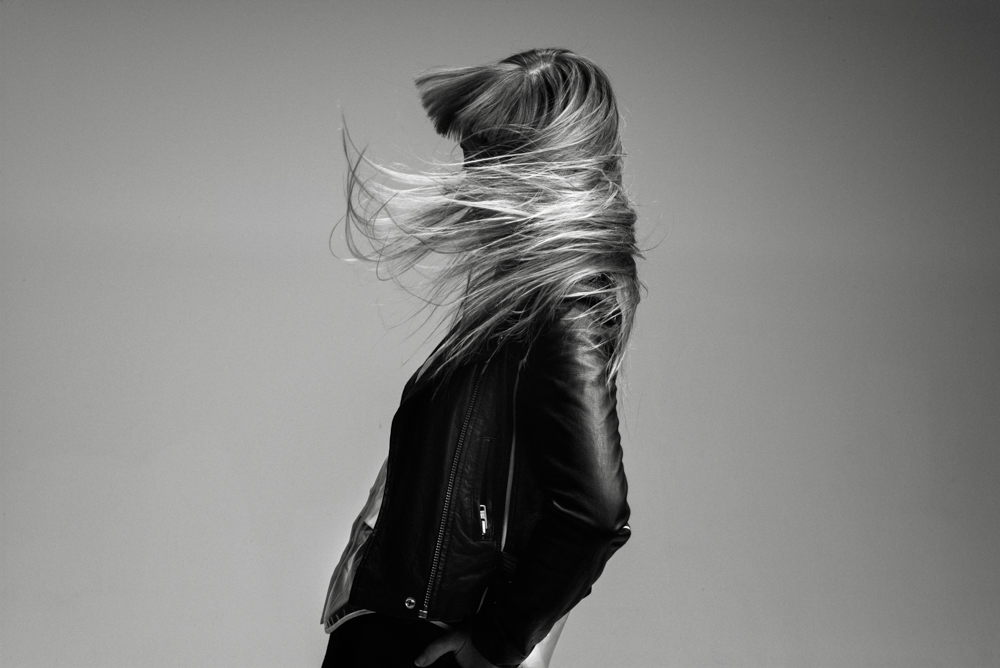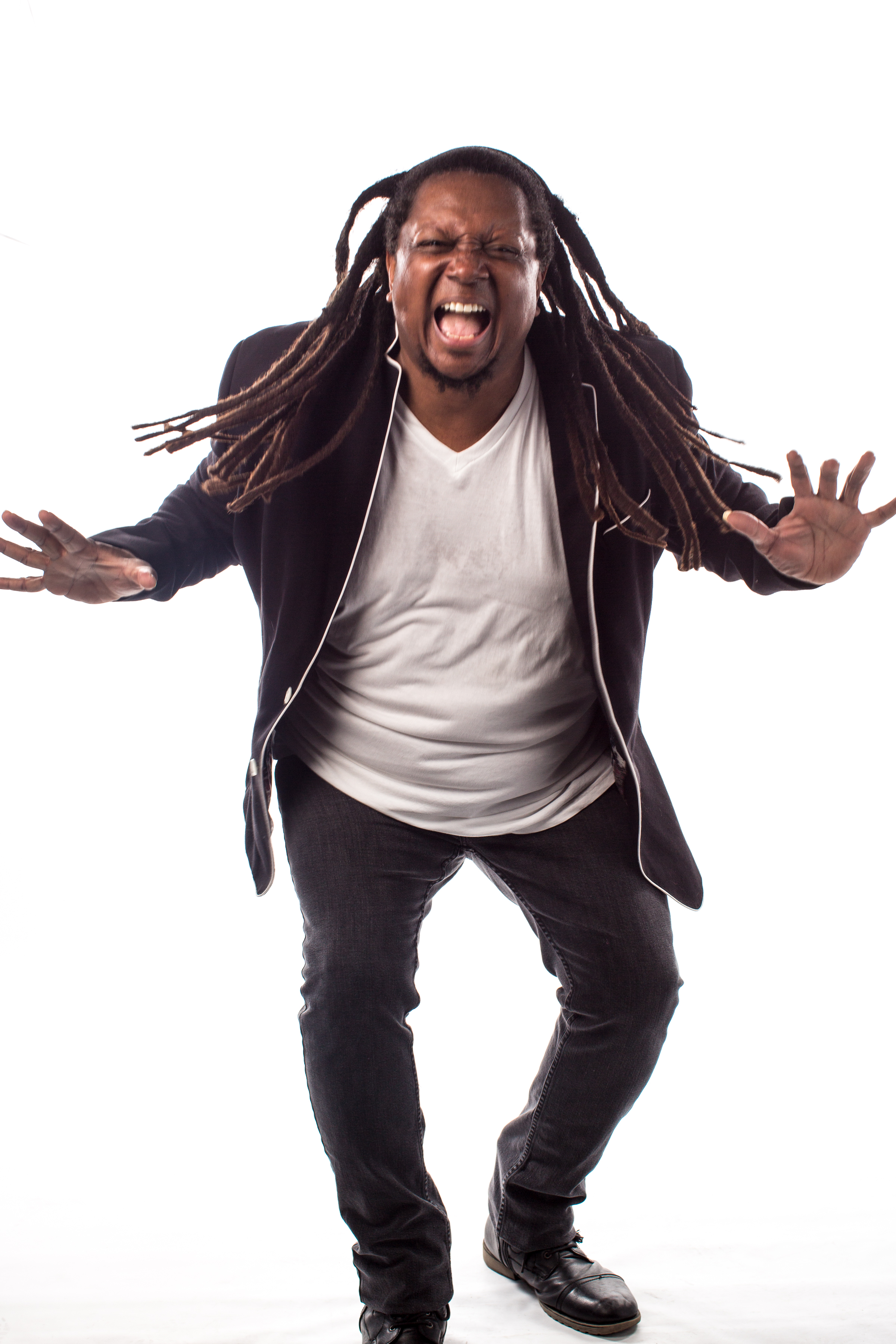For over two decades, Nocturnal Wonderland has been a key part of expanding the audience of dance music in the United States. It’s also serves as an indicator of how big the sound has gotten. To explore the massive rise of EDM we asked some of this year’s performers and Pasquale Rotella (the CEO and Founder of Insomniac, the company that puts on Nocturnal Wonderland and Electric Daisy Carnival) to answer the question, “When did you realize that dance music had broken big in America?”
Pasquale Rotella, Part 1
When we did Nocturnal Wonderland at the Empire Polo Fields in 2000 — it’s where they do Coachella now — we did 40,000 people for the first time, and it was not just ravers. It was definitely a point where there was crossover. Unfortunately, shortly after that was when the crackdown happened with the crack house laws and all that stuff. The culture got attacked on the media side. Then things started to go the other way.
All the events, including Nocturnal, got cancelled except for Electric Daisy Carnival. I was doing EDC in San Bernardino and another monumental point was moving EDC to the Los Angeles Memorial Coliseum in 2008. We went from doing 30 or 40 thousand people one year to 80 or 100,000 the next at the place where they had the Olympics. People thought that raves and dance music events were gone and dead across the country, but a core group of people were doing events for ten to 20,000 people on the outskirts of Los Angles and keeping the culture alive. But like Nocturnal did in 2000, EDC crossed over into the mainstream, just because of where it was logistically and the support of the scene and the crowd that never gave up on it.
I realized dance music was blowing up when I first heard the Crookers remix of Kid Cudi’s “Day ’N’ Nite” on the radio in Miami. At the time Miami was only playing hip hop and R&B on the radio. The only dance music they would play was Miami bass or freestyle music, but it wasn’t the kind of dance music we know today.
Pasquale Rotella, Part 2
I went to high school with Will.i.am and I invited him down to EDC. Will.i.am used to go to raves with me back in the day, he used to dance in circles, but then he blew up as an artist and did the pop thing. When he came to EDC, his jaw dropped. Will.i.am and Black Eyed Peas need to get credit for taking dance music to another level by doing collaborations with dance artists. They were the first pop act to really do it. That triggered other pop artists and dance artists to make collaboration records.
The scene changed around when Electric Daisy Carnival hit the Coliseum in LA in 2010. That year was when the whole big room house boom took off and the dubstep scene was taking over and the more underground sounds like drum & bass, breaks, and deep house were overlooked and under-heard. Now the scene is more of a popularity contest, so there are sooo many talented unknown artists out there and it’s hard for them to get discovered because people keep booking the same artists that are on the Top 40 EDM radio charts. Before EDM hit the radio you needed raw talent to get bookings, not just a bunch of likes and noises.
I don’t really pay a whole lot of attention to what’s “big” and this and that. I’m kinda slow to catch on to what’s going on in the big picture of this industry sometimes; things are happening around me and later I’m like, “Holy crap, everyone in the USA is raving again!” I realized that I had to move back to the USA from Berlin because I needed to live in the part of the world where I was touring constantly, that was a big clue! When I saw DJs’ faces on fatheads out in the crowds was probably when I realized dance music wasn’t just making a comeback here, but it was going next level mega huge. I had never seen anything like that before.
Pasquale Rotella, Part 3
From all politics and bad media and craziness, everyone was watching EDC, which lead to us getting pushed out of the LA Coliseum. Coming from the rave world where all the events were illegal and you make sure the event happens anyway, I moved EDC Los Angeles to Las Vegas in 2011 when everybody thought it was a wrap and going away. It was a big risk doing EDC in Las Vegas, it was definitely not a place where dance music lovers would go to. And it was epic.
With EDC happening in town, and the success of that and the economic impact of the influx of people, all the nightclubs then started doing dance music. And when Las Vegas nightclubs jumped into dance music, that was another part of dance music exploding. It became influential to the normal people going to Vegas.
I knew dance music had gotten big in America when my daughter Evin’s friends and friends of her friends started to know who I was and what I did.

